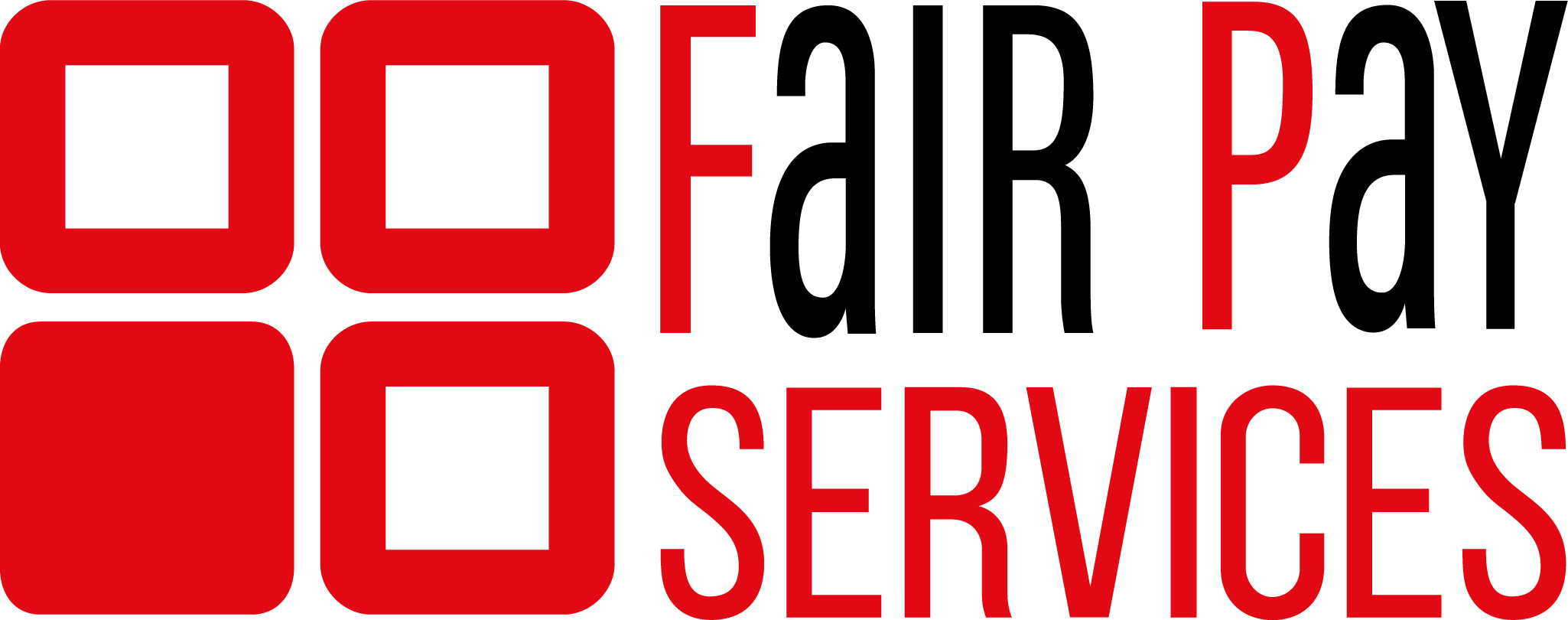Compliance with tax regulations is a top priority for maintaining your reputation and protecting your contractors as a recruitment agency.
With increasing governmental scrutiny on tax avoidance schemes, it’s essential to understand how to avoid these pitfalls.
There are complexities of tax compliance that can be understood with some research. This will help you avoid the associated risks. We’ve put that research together below to help you learn more about tax avoidance schemes.
Understanding tax avoidance schemes
Tax avoidance schemes are arrangements that claim to reduce or eliminate tax liabilities in ways that are not intended by tax law.
These schemes often involve complex structures and can be marketed as legitimate ways to increase take-home pay. However, HMRC has made it clear that such schemes do not work and can leave individuals and agencies with significant tax liabilities.
Warning signs of tax avoidance schemes
According to HMRC’s guidance, there are several red flags that may indicate a tax avoidance scheme:
Unrealistic take-home pay:
Promises of significantly higher take-home pay compared to standard PAYE arrangements.
Complex payment structures:
Use of loans, annuities, or other non-standard payment methods to disguise remuneration.
Non-taxable payments:
Claims that certain payments are not subject to Income Tax or National Insurance Contributions (NICs).
The role of umbrella companies
While many umbrella companies operate compliantly, some use contrived arrangements to avoid paying the correct amount of tax. These non-compliant umbrella companies may claim their schemes are approved by HMRC. But HMRC does not endorse any tax avoidance schemes.
Penalties you could face
Using a tax avoidance scheme can lead to significant penalties and consequences. Here are some of the key penalties and sanctions you might face:
Financial penalties:
If HMRC defeats a tax avoidance scheme, you may be required to pay the full amount of tax owed, plus interest. Additionally, penalties can be imposed based on the severity of the avoidance:
- Up to 30% of the tax due if the error was careless
- Up to 70% if the error was deliberate
- Up to 100% if the error was deliberate and concealed
Serial tax avoidance penalties:
For those repeatedly involved in tax avoidance schemes, the penalties increase incrementally:
- 20% of the value of the counteracted advantage for the first defeat
- 40% for the second defeat
- 60% for subsequent defeats
Naming and shaming:
HMRC publishes the names of individuals and entities involved in promoting or using tax avoidance schemes. This can severely damage reputations and business relationships.
Criminal prosecution:
In severe cases, individuals may face criminal charges, leading to fines, and potentially imprisonment.
Additional sanctions:
Other sanctions can include restrictions on accessing certain tax reliefs and increased scrutiny from HMRC on future tax returns.
How to avoid tax avoidance schemes
To protect your agency and contractors, follow these best practices:
Conduct due diligence:
Thoroughly vet any umbrella company you plan to work with. Check their compliance history and ensure they are not listed on HMRC’s list of named tax avoidance schemes, promoters, enablers, and suppliers. You can check Fair Pay Services’ compliance information, and request a compliance pack here.
Educate contractors:
Inform your contractors about the risks of tax avoidance schemes and how to identify them. Encourage them to ask questions and seek independent advice if something seems too good to be true.
Stay informed:
Regularly review HMRC’s updates on these schemes and ensure your agency’s practices align with current regulations.
Conclusion
Avoiding tax avoidance schemes will allow you to maintain the integrity of your recruitment agency and protect your contractors.
Stay informed and conduct thorough due diligence to ensure compliance with tax regulations and avoid pitfalls of non-compliant umbrella companies.
Remember, if an arrangement sounds too good to be true, it probably is.
For more information, refer to HMRC’s guidance on tax avoidance and the current list of named tax avoidance schemes, promoters, enablers, and suppliers.

